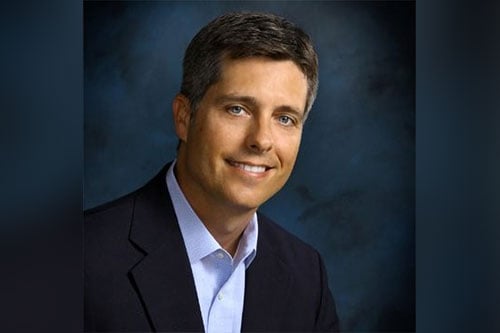

The COVID-19 pandemic has upended the way businesses operate, impacting everything from routine janitorial tasks, to staff health and safety checks, to full-on biohazard decontamination protocol. After weeks of mandatory shutdown or running alternative operations due to shelter-in-place orders, businesses are now starting to re-open.
Before employees re-enter their facilities, building owners, managers and operators need to plan appropriately and take all precautionary measures to address any potential and future COVID-19 contamination within their buildings. To help businesses reopen safely and in compliance with local, national, and international regulations, American Technologies, Inc. (ATI), the largest family-owned and operated restoration contractor in the United States, has launched a Go Back Safely program that covers multiple topics, including things to consider before reoccupying a facility after an extended closure.
The first part of ATI’s Go Back Safely guide addresses facility issues that building owners and operators might face, such as water or vector intrusion and HVAC maintenance. When left idle, properties face a much higher risk of water leaks, moisture intrusion and mold. If a business operation was shutdown, but the building was still inhabited by people – such as the janitorial service or the security service – there’s also the possibility of COVID-19 contamination. To help consumers address facility issues, the Go Back Safely guide discusses the benefits of scheduled periodic disinfection to maintain a healthy office environment, explaining various methodologies like fogging, UV light and electrostatic sprayers.
The second part of the guide is about people safety and protecting human capital. This is something ATI took into serious consideration when making its own back to work policies. Jeff Magoon (pictured above), executive vice president of revenue and innovation at ATI explained: “When you think about the business continuity plans that companies have been implementing for the last 50-years, they don’t typically recognize infectious disease, and how to return to work safely after shutting down because of a virus. At ATI, because of what we do in environmental services and our experience with biohazard decontamination, I think we were slightly better prepared for this and we’ve been able to create a policy for how to bring people back to work safely.
“It includes things like taking employees’ temperatures, making sure there’s safe social distancing measures in place, making sure employees wear a mask or cover their face in common areas, and so on. What we learned was that it was a really big plan that we had to write, and that there was no template out there to base it off, so we had to write it from scratch. The depth that we had to go into, compared to most exposures when you’re talking about business continuity planning, was significant.”
Read more: Figuring out the new world post-coronavirus
One of the key focuses in ATI’s Go Back Safely Program is vigilance – both in terms of facility maintenance and recommissioning, and in employee risk assessments. Mark Owens (pictured below), vice president of CORE services at ATI, told Insurance Business: “Being vigilant is really important, because when people return to a routine, they tend to forget what best practices they might have had in place to protect themselves. It’s important to revisit those policies of hygiene and physical distancing, while also adding policies like monitoring the temperature of employees as they re-enter the workplace. When employees go back to their routine, they need to remain vigilant.”

Owens added that it’s important not to push people back into the workplace before they’re ready. He said: “In our plan, we’re still protecting those employees that are considered high risk, such as those with diabetes, heart problems or respiratory illnesses. We’re making sure that we’re not compelling people to re-enter the workplace if they’re not comfortable to do so. They can continue to work remotely, and I think that’s a very important feature of our plan.”
In order to survive the government-mandated shutdowns, some businesses have altered their usual operations, re-tooled their facilities and re-focused their teams to assist with the production of personal protective equipment (PPE) and other pandemic-related needs. Businesses that have made such a pivot need to reflect that in their return to work plans, according to Magoon.
He said: “As businesses go from one routine to the next, it’s really important for them to understand the different types of risks they’ve gotten themselves into. If they’re really making an operational change, their risk factor and / or tolerance could change. Having those conversations with your insurance broker or agent, and understanding what those risks are, that’s critically important – and we’re here to help with that.”
